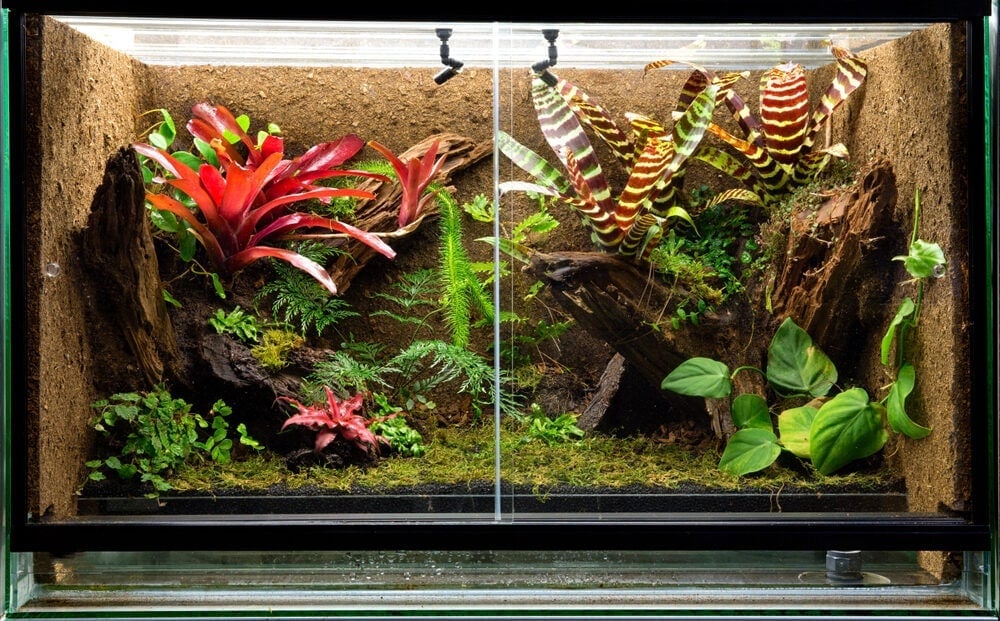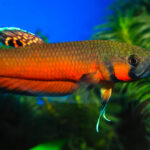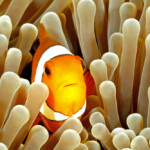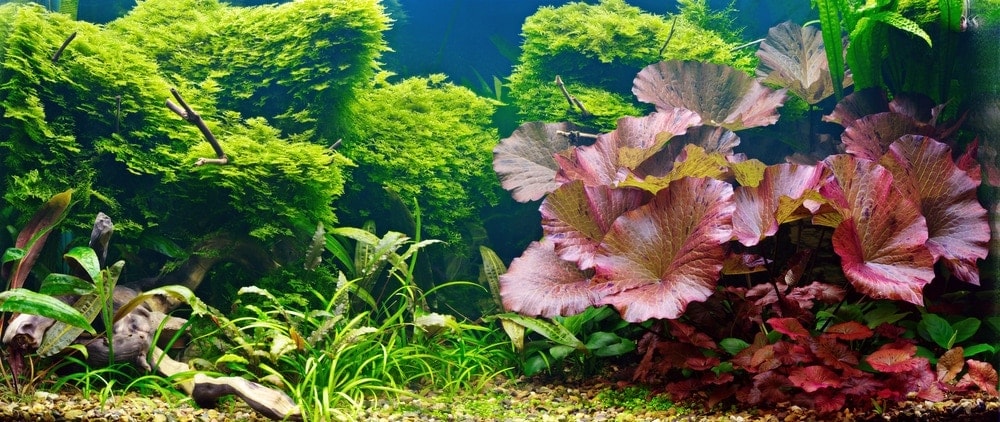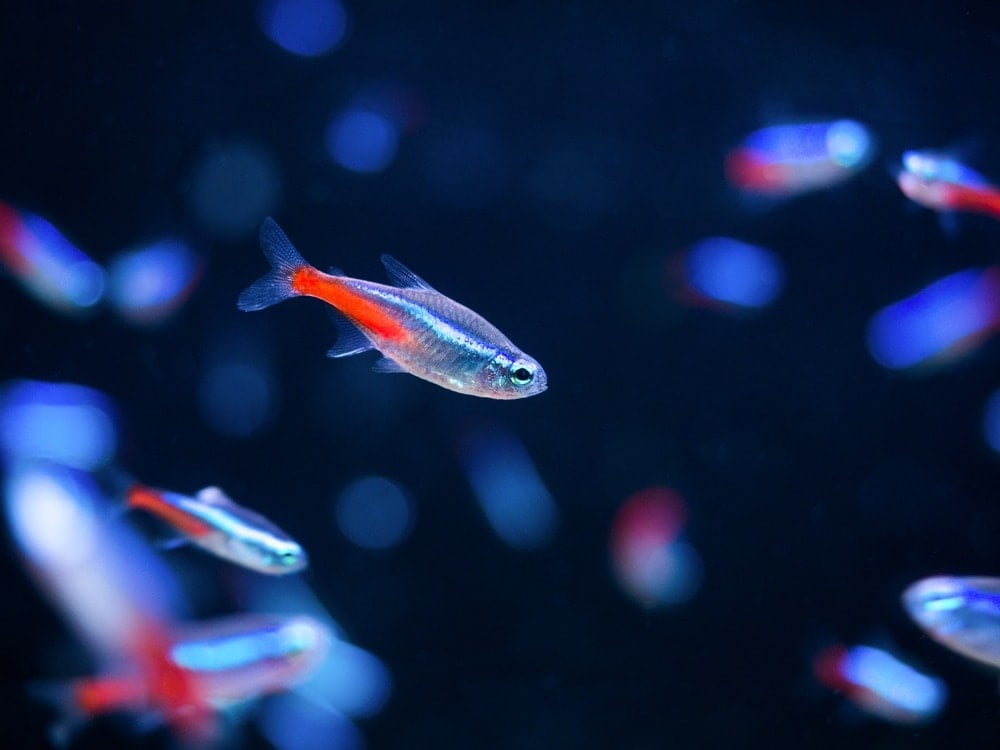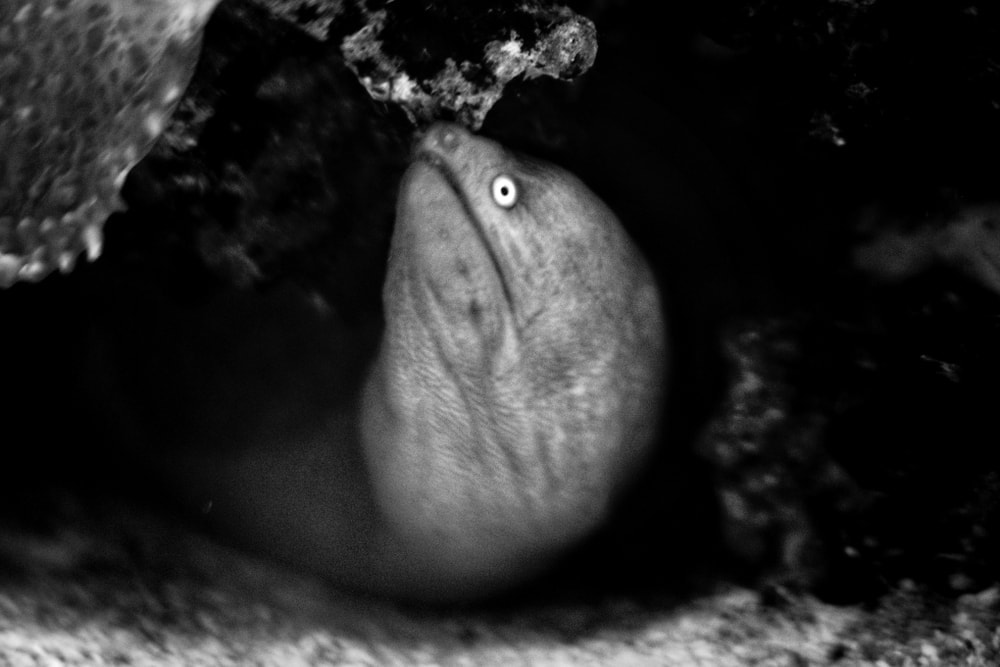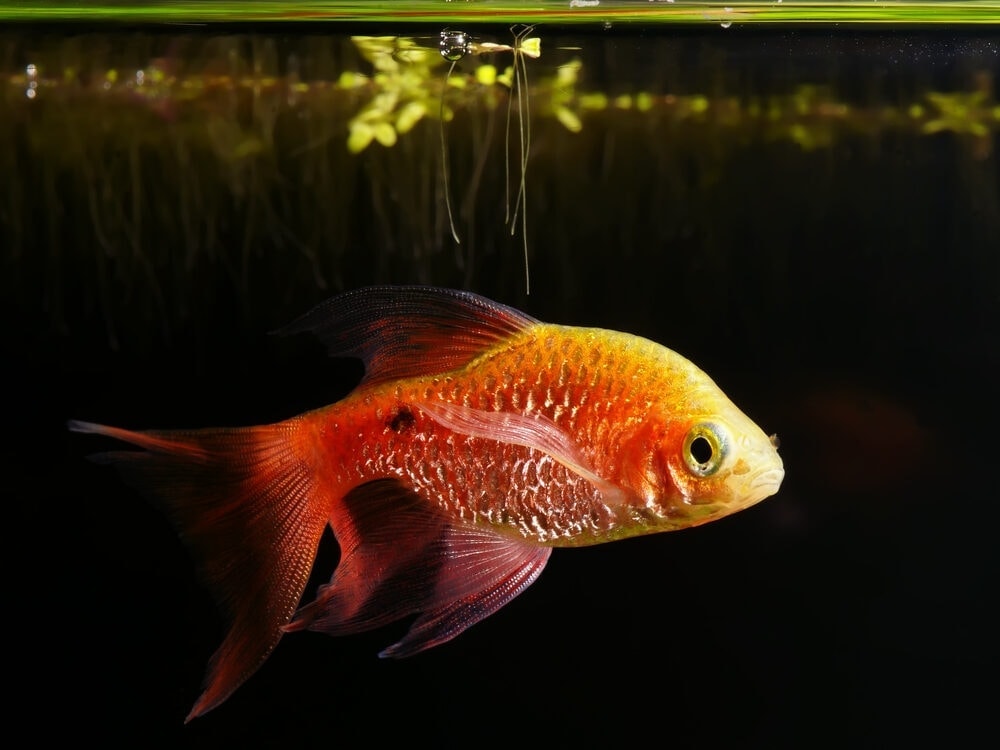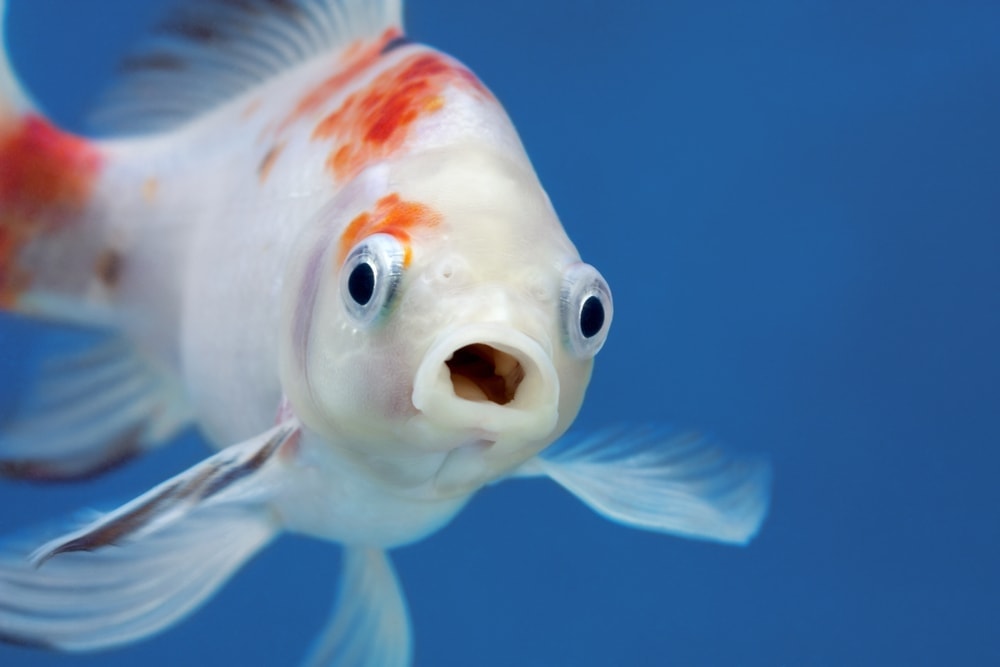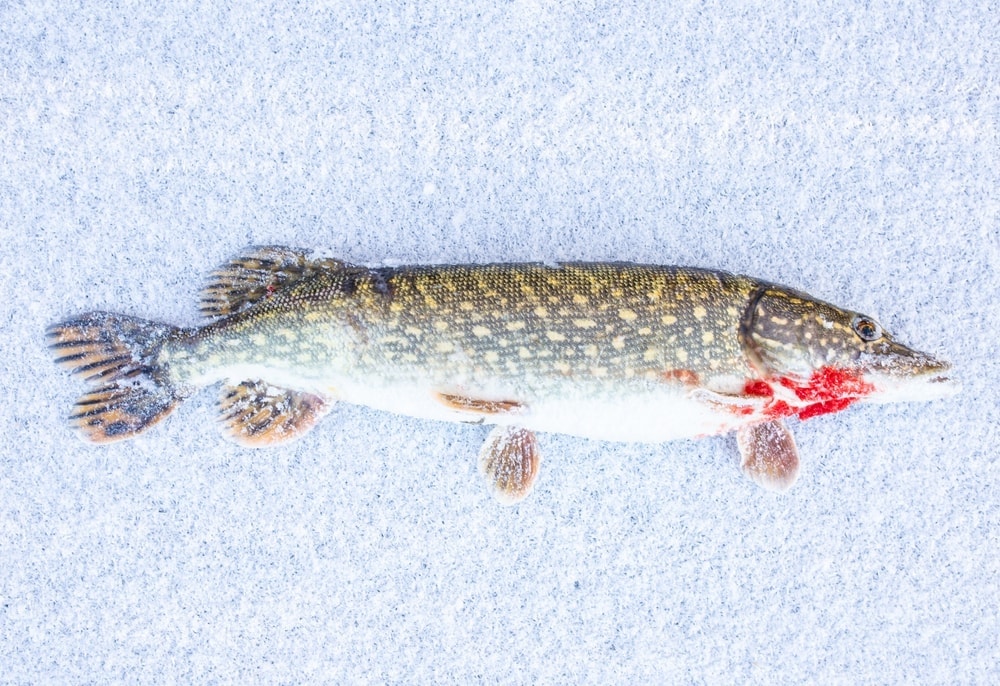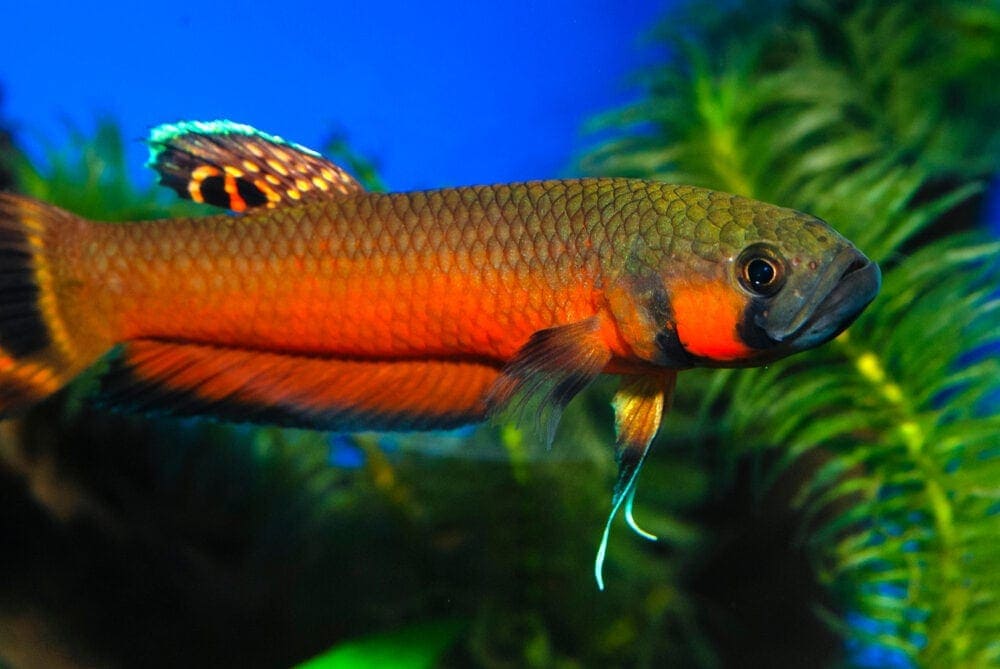A paludarium can really help with making any area of your home more attractive and interesting.
These aquariums consist of both aquatic and terrestrial plants, as well as some sort of aquatic animal. If you are interested in putting together one of these tanks, there is a lot you’ll need to learn before getting started.
What Exactly is a Paludarium Tank?
You can think of a paludarium tank as being a tiny enclosed emulation of the rainforest and other types of regions. It features different types of plants and animals for a truly diverse environment. Loosely translated, “paludarium” means marsh or swampland. Paludariums are basically just terrariums with water in them.
Tank Size
The very first thing that you’ll need to do when putting together a paludarium is to determine what size tank you are going to use. If your setup is going to include a waterfall, you’ll need a tank that is deep and tall enough to accommodate one. It is a good idea to get a tank with a minimum 10 gallon capacity. If you want to create a smaller paludarium, you can always get a 5 gallon tank.
Choosing the Right Plants
With all of the different plants that you can get for your paludarium, it is important that you take the time to look into some of them. It is a good idea to get both aquatic and terrestrial plant species for this type of tank setup. Keep in mind that some plants require more maintenance and upkeep than others.
Before you decide on any plants in particular, you’ll want to determine which type of environment you want to replicate. Whether it is a swamp, rainforest or some combination, this will be an important factor to consider.
Some of the best plants for this setup include:
1. Orchids
These plants can stand up to even high levels of humidity without any issues whatsoever. You’ll probably want to go with a smaller species of this plant. One of the drawbacks of orchids is that they are a lot of work to grow and keep up over the long term. They are, however, very beautiful and special flora.
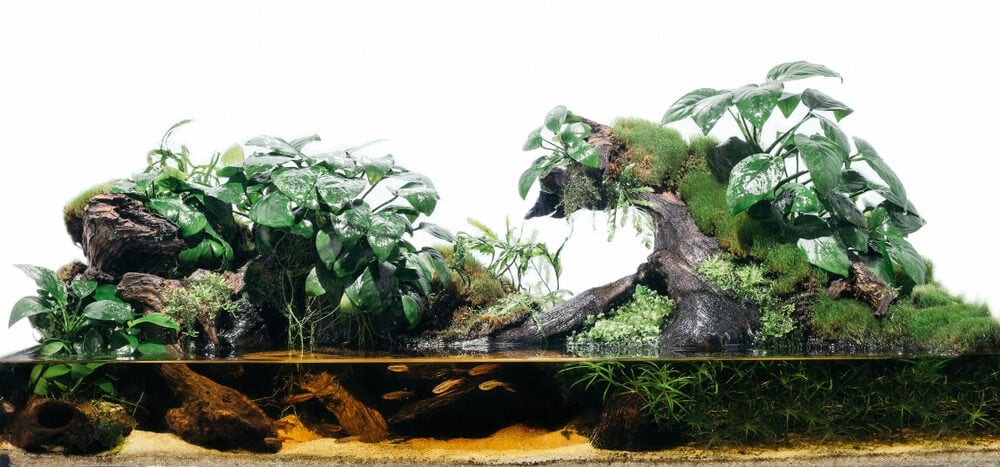
2. Creeping Plants
A lot of people who put together paludariums choose creeping plants like devils ivy or creeping fig. They are excellent for giving the back of your tank a nice overall aesthetic, but a certain amount of upkeep is needed.
3. Moss
There are also various mosses that you should think about putting in your paludarium as well. Java moss is one of the most common plants used in these setups.
4. Ferns
A couple of ferns in your tank can add a nice aesthetic as well, but they grow incredibly fast. You can expect to do quite a bit of maintenance on them over the years.
Aquatic Life
Next you will have to think about which aquatic animals you want to put in your paludarium. It is a good idea to choose both land-dwelling and aquatic animals for a diverse mix.
There are quite a few different types of fish that are popular for these setups, including:
- Guppies
- Pearl Danios
- Celestial Pearls
- Mollies
- Angel fish
You should avoid keeping more than two different species of fish together in the same tank, especially if it is on the small side. This only increases the chances of fighting, which can have devastating results.
Many people also put snails in their paludariums. Both mystery and nerite snails are great choices. You can also keep shrimp in the tank, as they will help to keep it clean.
There are plenty of terrestrial animals to choose from as well, including frogs, turtles, and snakes. It is crucial that you provide your terrestrial animals with a good amount of dry land, especially if they aren’t big swimmers. Turtles and crabs are two examples of semi-aquatic animals, which are perfect for this setup.
Putting Your Paludarium Together
Once you have figured out what all of the individual components of your paludarium will be, you can start putting it all together. There are just a few simple steps that you have to follow.

1. Divide the Land and Water into Different Sections
It is crucial that you establish a barrier that separates the land from the water. A piece of plexiglass material is perfect for this, and it’s fairly cheap. Use a silicon adhesive that is water resistant to affix the material to the tank.
2. Construct a Floating Shelf
If you are going to keep any turtles in your tank, a floating shelf is deal. You can use a piece of PVC for this. Driftwood is another good material to consider.
3. Putting the Land In
It is a good idea to put the land part of your paludarium in prior to putting in the water. There are lots of different materials that you can use to do this. Wood, rocks, plastic, and sand are all excellent choices. If you are going to have both aquatic and terrestrial animals in the tank, this will be absolutely necessary.
Conclusion
- A paludarium is basically just a tank that is designed to replicate various environments, such as rainforests and swamps. It is typically filled with different types of plants and animals.
- Take the time to determine what size tank you want to use. It is recommended that you get at least a 10-gallon tank for this sort of project.
- Orchids, creeping plants, mosses, and ferns are all good plant choices for a paludarium.
- Make sure that you learn as much as possible about some of these plants so you can choose the right one. Some plants require more maintenance than others.
- Some of the best fish for this type of setup include angelfish, guppies, celestial pearls, and mollies.
- Consider putting some shrimp in your tank, as they can help keep it clean.
- Turtles, snakes, and frogs are all good choices for terrestrial paludarium animals.
- You’ll need to separate the land and water parts of your tank with a divider.
- A floating shelf is an especially good feature if you are planning to keep turtles.
- Establish the land part of the tank before adding the water.
